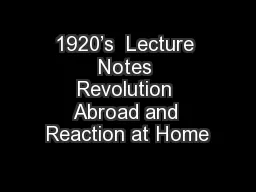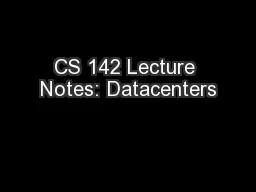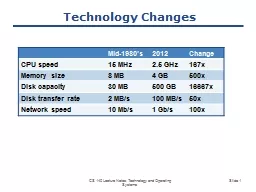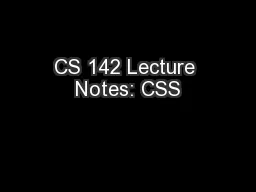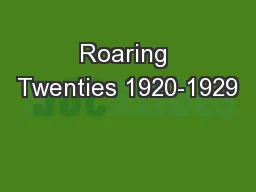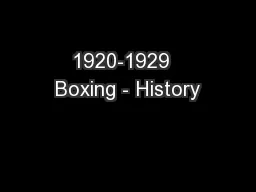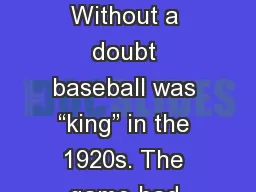PPT-1920’s Lecture Notes Revolution Abroad and Reaction at Home
Author : yoshiko-marsland | Published Date : 2018-11-02
American Communist Party formed in 1919 c ommunist ideas frightened much of the public Palmer Raids 1919 resulted in the deportation and arrest of thousands
Presentation Embed Code
Download Presentation
Download Presentation The PPT/PDF document "1920’s Lecture Notes Revolution Abroa..." is the property of its rightful owner. Permission is granted to download and print the materials on this website for personal, non-commercial use only, and to display it on your personal computer provided you do not modify the materials and that you retain all copyright notices contained in the materials. By downloading content from our website, you accept the terms of this agreement.
1920’s Lecture Notes Revolution Abroad and Reaction at Home: Transcript
Download Rules Of Document
"1920’s Lecture Notes Revolution Abroad and Reaction at Home"The content belongs to its owner. You may download and print it for personal use, without modification, and keep all copyright notices. By downloading, you agree to these terms.
Related Documents

